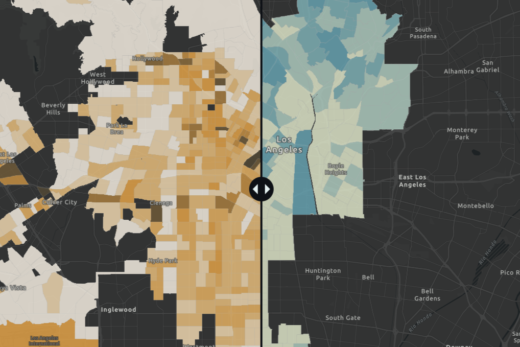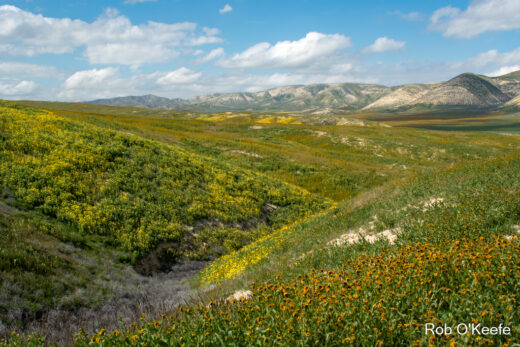It was more like a Hollywood movie than a true story.
The crisis began on February 7, 2017. Weeks of repeated atmospheric rivers drove drenching rains over northern and central California that had mercifully ended one of the longest and widespread droughts in California history. Reservoirs filled in record time. But there was a problem at the Oroville Dam spillway.
Oroville Dam is celebrated as the tallest earthen dam in the U.S. It holds the state’s second-largest man-made reservoir, the lynchpin of the California State Water Project within the Feather River watershed. Powerful torrents of water were eroding a gaping hole in the main spillway and carving away at weakened bedrock below the spillway gates.

Since an unprecedented amount of water was flowing into the rising reservoir each hour, officials were forced to reopen the spillway gates, releasing a more controlled flow that might also control the erosion on the main spillway. But the reservoir was filling more than twice as fast as water could be released. Water levels rose toward the top of an emergency spillway that had never been used. By February 11, water was flowing over the emergency spillway for the first time ever, adding to the rising floodwaters below. By February 12, a new and more ominous crisis had developed, this time below the emergency spillway. Officials discovered massive erosional scars rapidly cutting back through weakened rock toward the foundation of the emergency spillway.

By this time, the Governor’s Office of Emergency Services had joined the Department of Water Resources, the Butte County Sheriff’s Department, and CAL FIRE at the dam to assess the damage and the danger to populations below the dam. Torrents of water were carving deeper erosional scars that were rapidly encroaching toward the bottom of the emergency spillway. Should the erosion reach the base of the spillway, it could disintegrate, sending a 30 foot wall of water over communities below with more than 150,000 people. Even the dam’s power plant was threatened with flooding as officials feared total loss of the dam’s infrastructure.

Recognizing there may be little time left, Butte County Sheriff Kory Honea worked with government officials to bring in hundreds of law enforcement and fire officials from surrounding regions. These emergency personnel would risk their lives coordinating and executing the evacuation of more than 180,000 people living and working downstream in Butte, Yuba, and Sutter Counties, all in the path of the threatening catastrophe. Traffic was routed only one way out of the region on major highways in one of the largest evacuations in the history of the U.S. without prior warning. That night of fear and terror turned into the next day of anxious confusion as displaced residents and officials could only wait and hope for the best as the world looked on in disbelief.
Officials eventually found the ideal volume of water that could be released from the dam that would lower the reservoir without causing catastrophic failure while Black Hawk helicopters dropped tons of debris into the gaping holes to stabilize erosion. The danger began to subside and two days later, thankful residents were returning safe to their homes and businesses. The good news is this emergency included a lot of learning opportunities about how to build better dams and spillways and how to evacuate large populations with little warning; the governor ordered immediate inspection of the state’s other water projects that might be compromised.
Contractors, construction workers, and government agency personnel will crowd hotels and housing in the region around Oroville into 2018 as total estimated repair costs soared over $500 million. These repairs included more substantial foundations built into more stable bedrock. Businesses in the region serving these workers (such as Wagon Wheel Market) nearly doubled in size for the short term, while boosters in the business community were plotting ways to keep Oroville on the map after the work was completed.

Thanks to Jana Frazier from the Department of Water Resources, Butte County Sheriff Kory Honea , Professor La Dona Knigge, CSU Chico, Association of Pacific Coast Geographers, and local publications.
UPDATE: By the fall of 2018, the California Department of Water Resources reported that estimated reconstruction and reinforcement costs on Oroville Dam infrastructure and spillways had soared over $1.1 billion. This is hundreds of millions of dollars beyond original DWR 2017 estimates originally reported in our publication and web site. As impacted businesses in the region continued to benefit from the influx of cash, workers raced to get the spillways ready for the rainy season. Stay tuned to this latest moving target that could change with the weather and any new discoveries of vulnerabilities at Oroville.






